You’re looking for recipes that require cream, but you’re not an experimented cook, so you don’t know what to choose from the supermarket aisle? In most salty recipes, heavy cream is what you need. For desserts, whipping cream is the star. But not all types of cream are interchangeable. Here’s how you can use them in your dishes for the best results.
Cream has been a versatile ingredient in the kitchen for ages because it makes any food better. Plus, it gives a creamy texture to your dish. It’s important to choose the right one between the types of cream, depending on what you’re making.
The following types of cream are a base for desserts or can be added to both sweet and savory sauces to create a smooth texture. Cream can also be served as is, added in hot or cold puddings, sides, casseroles, and as a garnish for soups.
Usually, cream is marketed according to its total butterfat content. It has high levels of saturated fats, but can we live without it? Since we’re passionate about cooking, I guess not!
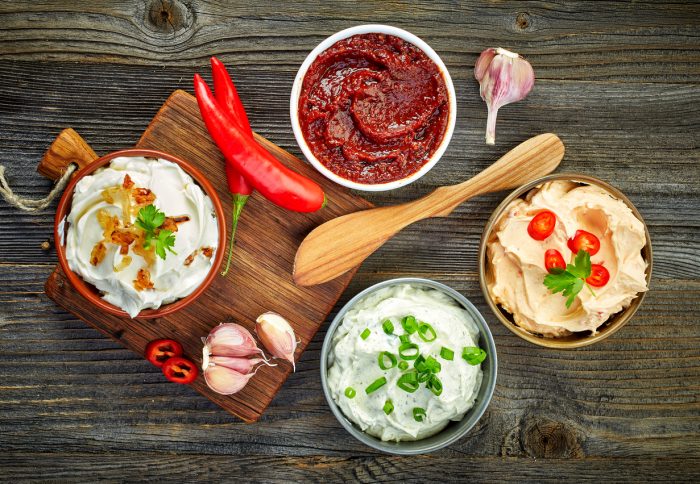
The 6 most popular types of cream
Half and Half
The name of half and half comes from its formula: half cream and half milk. Usually, it has 12 percent fat, but there are some varieties that range between 10.5 and 18 percent. Because it’s typically used to prepare coffee drinks, it’s also called coffee cream. Half-and-half does not whip, but it can be used in place of heavy cream in many recipes for low-fat cooking.
Sour cream
Sour cream has a fat content of about 20 percent and a tangy and sour taste. Plus, it has a thicker consistency than normal. This cream cannot be whipped! You can use it for cheesecakes, dips, dressings, toppings, casseroles, it can be served on vegetables, and in soups and sauces. Pay attention, though! It cannot be boiled because it will curdle. If you want to add sour cream to soups, you can either add it to the cold soup or increase the heat gradually, by adding warm liquid to it.
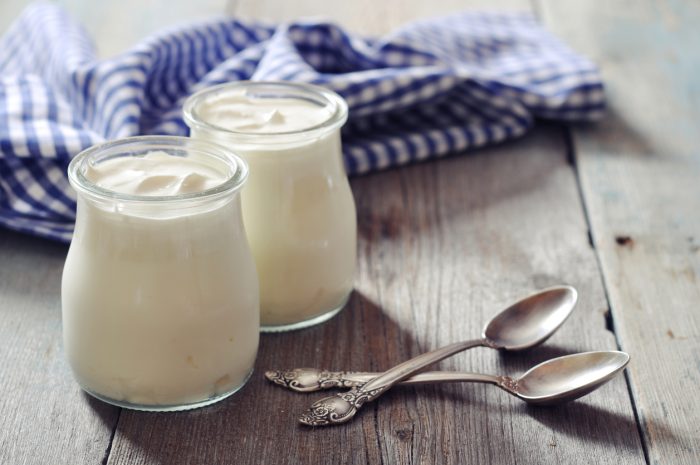
Light cream
Light cream is pretty much the same thing as half and half, but heavier. In general, it has about 20 percent fat content, but it can vary between 18 and 30 percent. Also known as coffee cream or table cream, light cream can also be used for making thin sauces, enriching soups, and as a garnish for desserts such as fresh fruit salads.
Crème Fraîche
The name “crème fraîche” is French, and means “fresh cream”. Crème fraîche is like sour cream, only less sour and tangy than the American sour cream. It has a higher fat content: about 30 percent. Crème fraîche has a richer flavor and a lower viscosity than sour cream. Its consistency is somewhere between yogurt and sour cream. It’s used in sauces or soups, but it also goes very well with fruit or desserts.
Whipping cream
Whipping cream has about 35 percent fat content (some varieties range between 30 percent and 36 percent fat). When you whisk it, whipping cream is softer and more voluminous than heavy cream, because it’s less dense. In general, the more fat in the cream, the more stable it is for whipping and for making sauces. For whipping, you need a minimum of 30 percent fat. Once whipped, the cream does not hold its volume for long, so it should be used straight away.
From all types of cream, whipping cream is mostly used to top desserts or to fill cakes and pastries, it’s perfect for mousses and souffles, decorating cakes, and topping fruit and ice cream. You can also add whipped cream to coffee or hot chocolate.
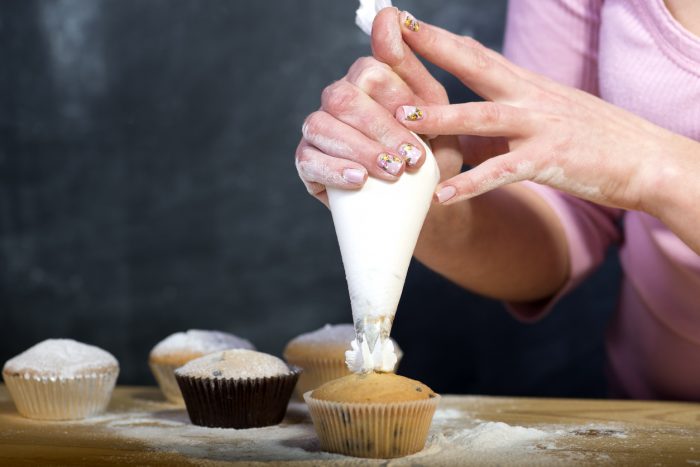
Heavy Cream or Heavy Whipping Cream
This is the most versatile type of fresh cream, that can be used as is or whipped. Heavy cream, also called heavy whipping cream, has the highest amount of milk fat, which is usually 38 percent. The fat content can range between 36 and 40 percent in the United States. In other countries, it can reach 48 percent. When whipped, this cream is denser than whipping cream and it holds its shape.
Heavy cream is usually used to make sauces because it’s a bit more unctuous and requires less time to cook in order to thicken and enrich a sauce. It can also be used in many types of main dishes, but it also works with fruit and desserts, or even served separately, as a dip.
Double cream
Double cream is the British term for heavy cream or heavy whipping cream in the United States. It’s a little thicker, and it contains about 48 percent butterfat.
Whipping cream, heavy cream, or heavy whipping cream all work for recipes that incorporate whisked air. The fatter a cream is, the more stable it’s likely to be in a whipped state.

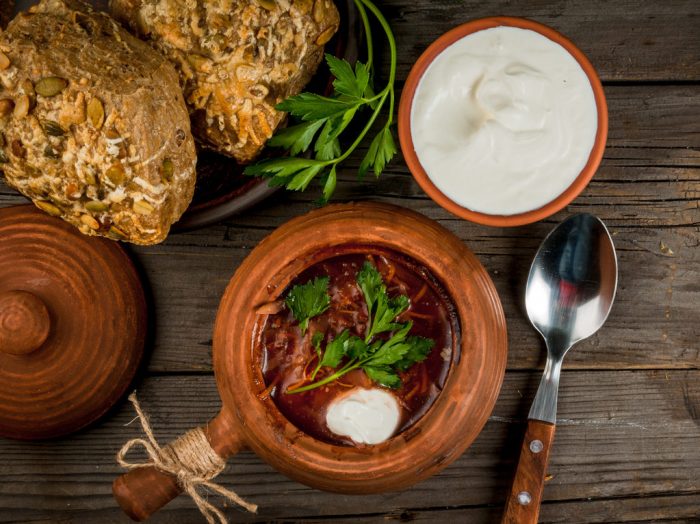

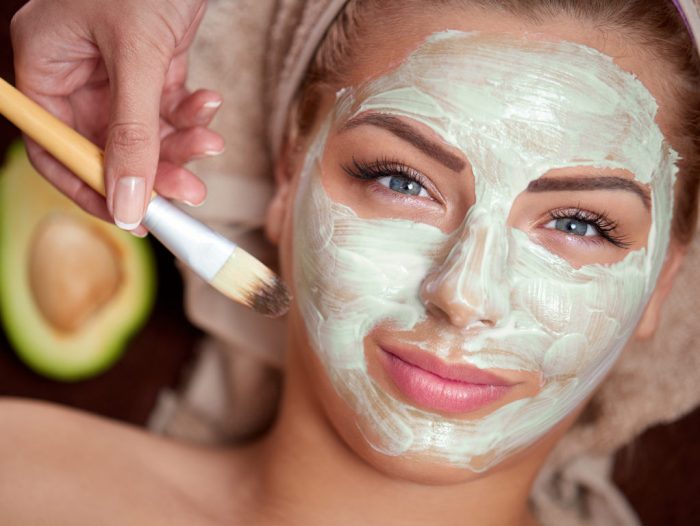

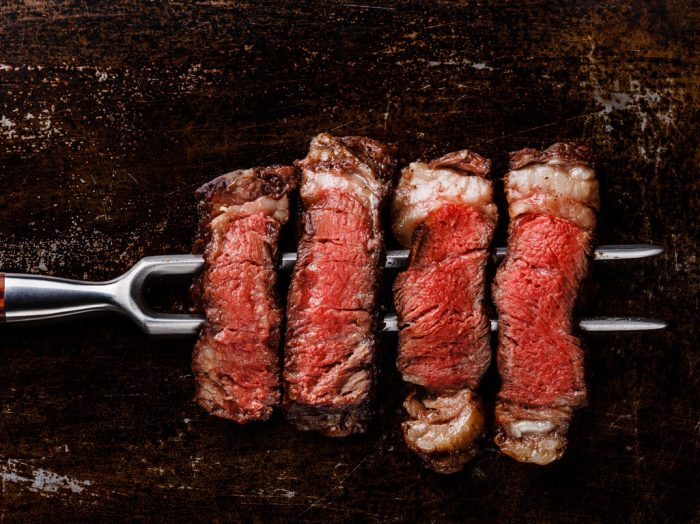

Please can i use whipped cream instead of heavy cream in caramel sauce